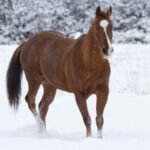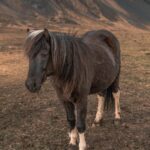Animals bred for cold climates possess unique physical, temperamental, and health traits that make them exceptional working partners but also require specialized knowledge. From the majestic Icelandic horse to the sturdy Canadian horse and beyond, cold-climate breeds offer remarkable capabilities when properly understood and managed. However, even experienced equestrians sometimes make critical mistakes when handling these special animals. This comprehensive guide explores the most frequent errors made with cold-climate horse breeds and provides practical advice to help you avoid these pitfalls while developing a more rewarding partnership with these magnificent animals.
Misinterpreting Cold Tolerance as Immunity

One of the most dangerous misconceptions about cold-climate breeds is that their natural adaptations make them impervious to winter conditions. While Icelandics, Fjords, and other northern breeds do have thicker coats, more efficient metabolisms, and better cold tolerance than warm-climate horses, they still have limits and can suffer from hypothermia and frostbite. Many riders fail to provide adequate shelter during extreme weather events, assuming these horses can withstand anything Mother Nature throws at them. Proper windbreaks, access to unfrozen water, and additional feed during particularly cold spells remain essential, even for the hardiest breeds. Remember that domesticated cold-climate horses may not develop the same extreme winter coats as their wild ancestors, especially if they’re kept in heated barns part-time.
Overfeeding During Winter Months
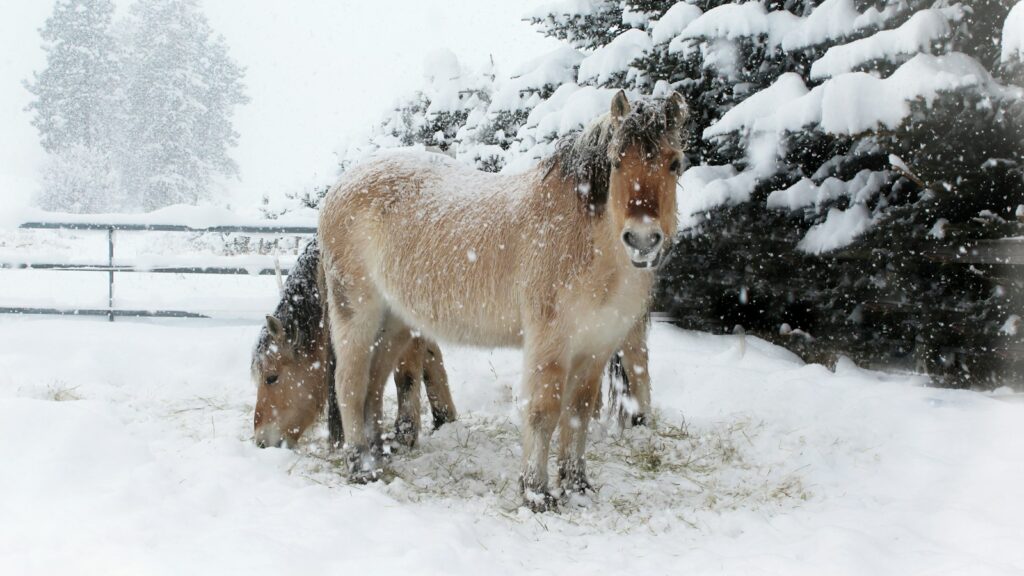
Cold-climate breeds typically evolved in harsh environments where food was scarce, making them incredibly efficient at converting calories and storing fat. Many owners significantly increase feed during winter without adjusting for the reduced workload, resulting in dangerous weight gain and associated health problems. These breeds often require 15-30% less feed than warmer-climate horses of comparable size, even in cold weather. Obesity in cold-climate breeds can lead to metabolic disorders, laminitis, and joint problems that compromise their legendary soundness and longevity. Proper winter feeding should account for temperature, workload, and the individual horse’s body condition score, with careful monitoring throughout the season.
Inappropriate Blanketing Practices
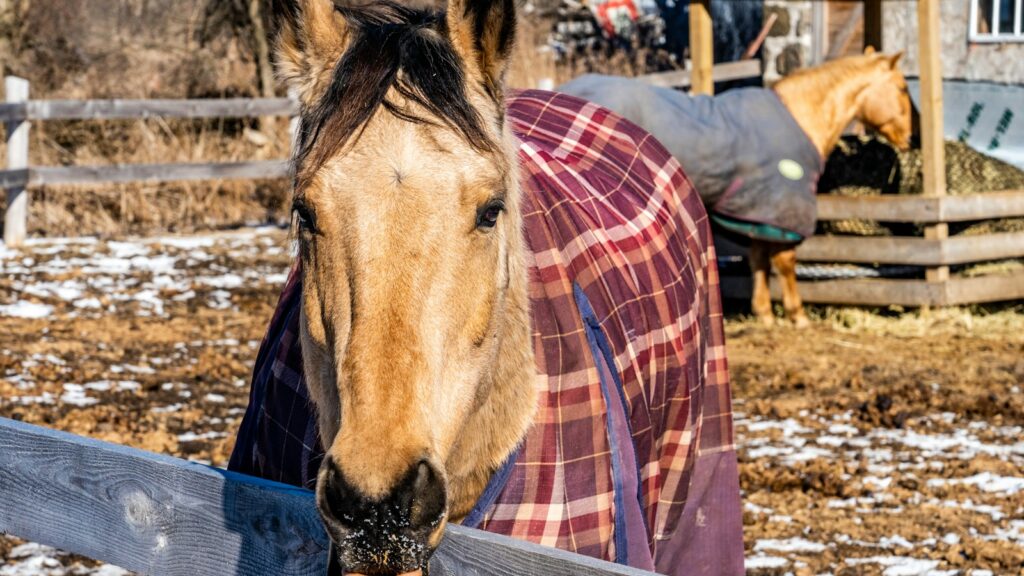
Overzealous blanketing represents one of the most common and problematic errors with cold-climate breeds. These horses possess specialized winter coats with unique insulating properties—they trap air close to the body, creating natural warmth while allowing moisture to escape. Putting heavy blankets on horses already adapted to cold can cause overheating, excessive sweating, and disruption of their natural thermoregulation system. This practice often leads to compromised coat development, as blankets flatten the hair and prevent proper lofting. Most healthy cold-climate breeds with full winter coats remain comfortable at temperatures well below freezing without any blankets, provided they have appropriate shelter and nutrition.
Underestimating Gaited Abilities

Several cold-climate breeds, notably the Icelandic horse, possess unique gaits beyond the standard walk, trot, and canter. Many riders fail to properly develop, maintain, or utilize these special gaits, which represent centuries of selective breeding for comfortable transportation over rough terrain. The tölt of the Icelandic and the running walk of the Canadian Horse require specific training approaches and rider skills to preserve and enhance. Riders often inadvertently discourage these gaits through improper weight distribution, hand position, or equipment choices. Working with trainers experienced in these specific breeds can help riders learn to elicit, maintain, and enjoy these smooth, efficient gaits that make cold-climate breeds exceptional trail and distance partners.
Neglecting Proper Hoof Care
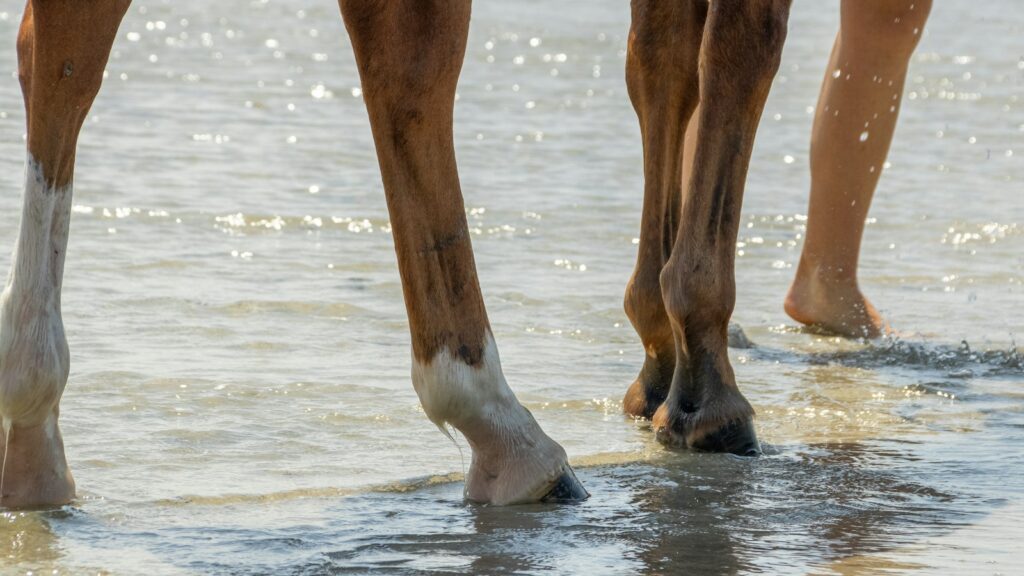
Cold-climate breeds often have different hoof characteristics than their warm-climate counterparts, including harder hoof walls, narrower frogs, and more upright pasterns. Many owners make the mistake of applying standard trimming practices to these specialized hooves, potentially compromising the horse’s natural balance and soundness. Breeds like the Norwegian Fjord typically require less frequent trimming but may need more attention to prevent snow packing in winter conditions. Finding a farrier with experience in cold-climate breeds is essential, as is understanding the unique “self-trimming” tendencies some of these horses exhibit when allowed adequate movement on varied terrain. Proper hoof care becomes even more critical when these breeds are kept in warmer, wetter climates than their native habitats.
Mismanaging Thick Winter Coats

The impressively thick winter coats of cold-climate breeds require specialized grooming practices that many owners overlook or handle incorrectly. These dense coats can harbor moisture, debris, and parasites if not properly maintained, especially during seasonal transitions. Many riders clip these horses unnecessarily, compromising their natural insulation, or conversely, neglect adequate grooming because the horses appear “naturally shaggy.” Regular but gentle grooming that preserves the insulating properties while removing dirt and checking for skin issues strikes the appropriate balance. Special attention should be given to areas prone to sweating during work, as these thick-coated breeds can develop painful skin conditions if not properly dried after exercise.
Using Inappropriate Tack and Equipment

Cold-climate breeds often have distinctive physical conformations that make standard tack uncomfortable or ineffective. Many riders fail to account for the shorter, broader backs of breeds like the Fjord, the unique shoulder structure of the Yakutian, or the specific head shape of the Icelandic when selecting saddles, bridles, and bits. Using equipment designed for Thoroughbreds or Quarter Horses on these distinctly different body types can cause pain, behavior problems, and long-term physical damage. Saddles that pinch shoulders or apply pressure to sensitive withers are particularly problematic for these breeds. Investing in breed-specific tack or having standard equipment professionally modified can make a tremendous difference in your horse’s comfort and performance.
Ignoring Breed-Specific Training Needs
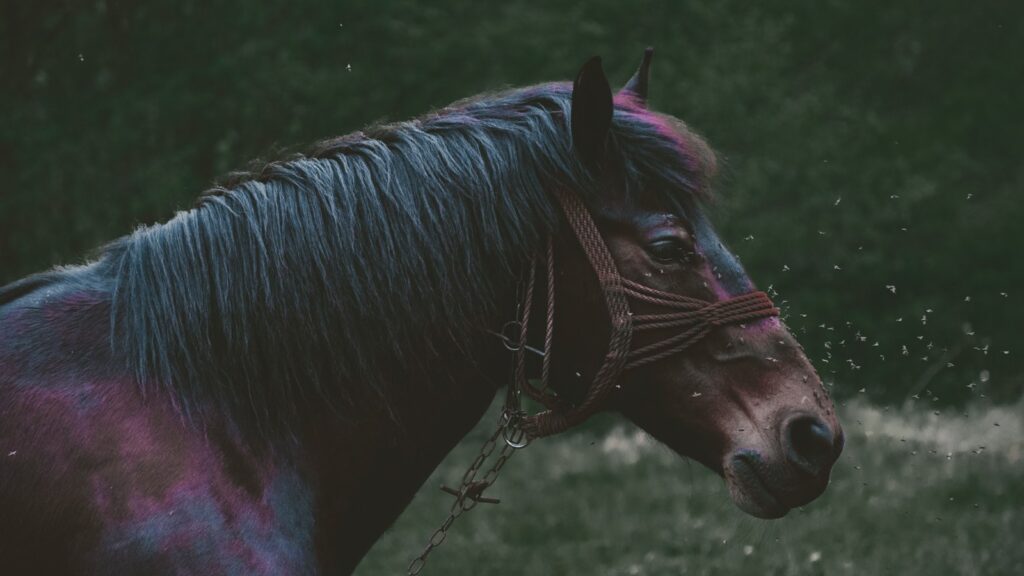
Cold-climate breeds generally evolved to be independent thinkers capable of making safe decisions in harsh environments, a trait sometimes misinterpreted as stubbornness or disobedience. Riders often apply training methods developed for more reactive, hot-blooded breeds, creating confusion and resistance in these thoughtful, deliberate horses. Most cold-climate breeds respond best to clear, consistent communication with logical consequences rather than force or excessive repetition. Their intelligence and problem-solving abilities thrive under training approaches that engage their minds and acknowledge their historical working partnerships with humans. Taking time to understand these breeds’ psychological tendencies leads to much more effective training outcomes and stronger horse-human bonds.
Failing to Provide Sufficient Exercise
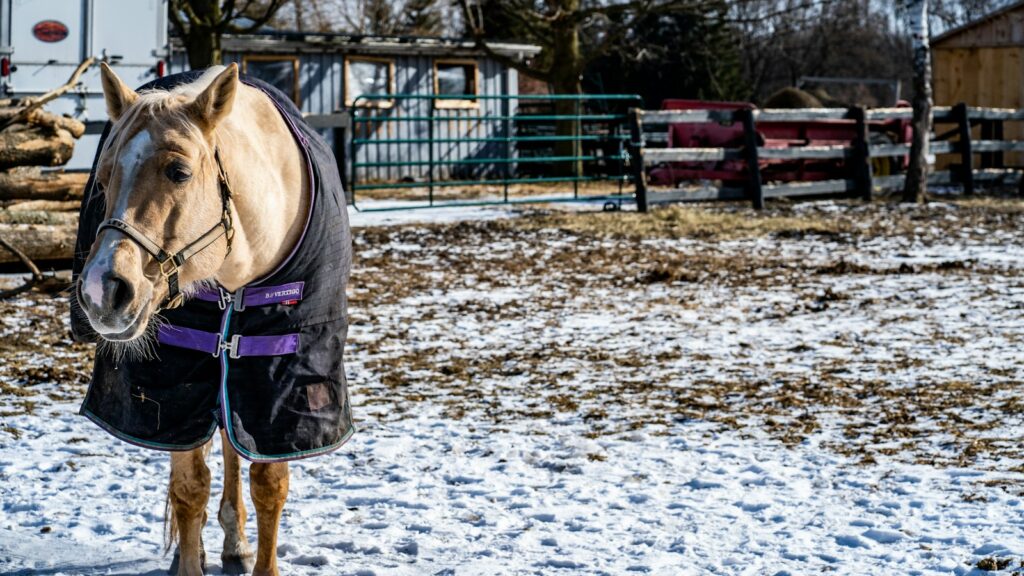
Despite their sometimes stocky appearance, cold-climate breeds evolved for tremendous endurance and need regular, substantial exercise to maintain physical and mental health. Many owners underestimate these exercise requirements, particularly during winter months when riding opportunities may be limited. Insufficient movement leads to various health issues, including muscle atrophy, joint stiffness, and digestive problems that northern breeds rarely experience in more natural settings. These horses benefit enormously from daily turnout in spacious areas that allow free movement, ideally with varied terrain that encourages natural conditioning. Implementing creative exercise programs during inclement weather, such as ground driving, in-hand work, or indoor obstacle courses, helps maintain fitness when traditional riding isn’t possible.
Overlooking Breed-Specific Health Concerns
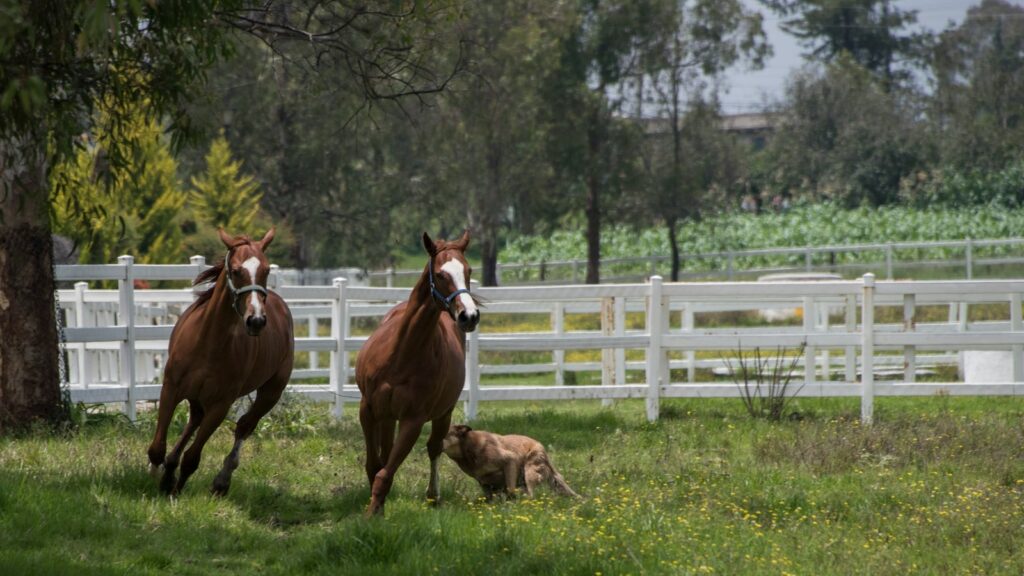
Each cold-climate breed has genetic predispositions to certain health conditions that require specific monitoring and preventative care. Many owners apply general horse health guidelines without investigating the particular needs of their breed, potentially missing early warning signs of problems. For example, Icelandic horses have higher rates of summer eczema (sweet itch) when kept outside their native country, while Canadian Horses may be more prone to certain metabolic issues. Working with veterinarians familiar with these breeds and connecting with breed associations provides valuable information about what to watch for and how to prevent common problems. Implementing breed-specific health protocols, including appropriate vaccination schedules, parasite management, and dental care, substantially improves long-term outcomes.
Keeping Them in Inappropriate Climates
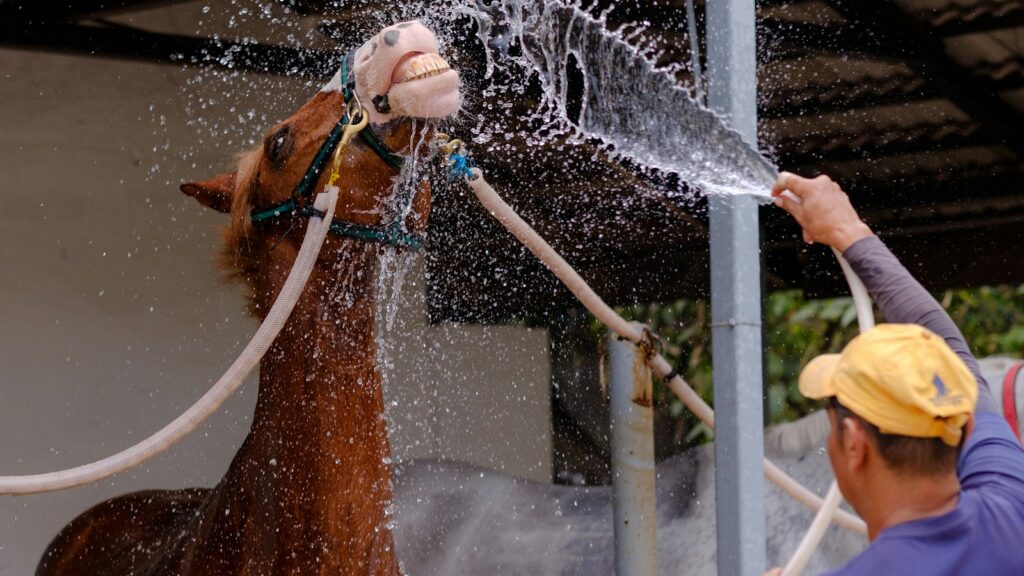
Perhaps the most fundamental mistake is keeping cold-climate breeds in hot, humid environments without proper accommodations. While adaptable, horses from northern regions struggle significantly in sustained heat and humidity, often developing serious health problems including heat stress, respiratory issues, and skin conditions. Many owners underestimate how severely warm weather affects these breeds, failing to provide adequate cooling options such as shade, ventilation, and access to water for wetting down. If keeping cold-climate breeds in warmer regions, special provisions are essential: night turnout during summer months, cooling fans, shade structures, and possibly summer clipping under veterinary guidance. Monitoring for signs of heat stress becomes a critical daily responsibility in inappropriate climates.
Misunderstanding Social Structures
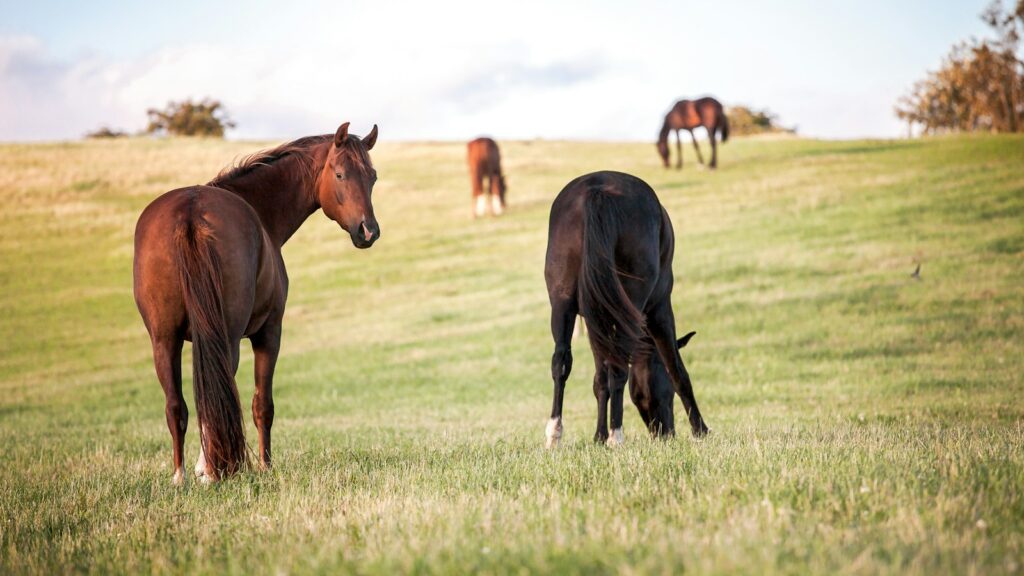
Cold-climate breeds typically evolved in social herds with strong hierarchies as a survival mechanism against predators and harsh conditions. Many owners keep these horses in isolation or in unstable social groups, not recognizing how deeply this affects their mental health and behavior. These breeds generally form exceptionally strong bonds with both equine companions and trusted humans, making abrupt separations particularly traumatic. Behavioral issues often emerge when these social needs aren’t met, including weaving, cribbing, or aggression that owners mistakenly attribute to other causes. Providing stable herd environments, even with just one compatible companion, significantly improves these horses’ welfare and trainability, honoring their evolutionary social programming.
Underestimating Intellectual Stimulation Needs
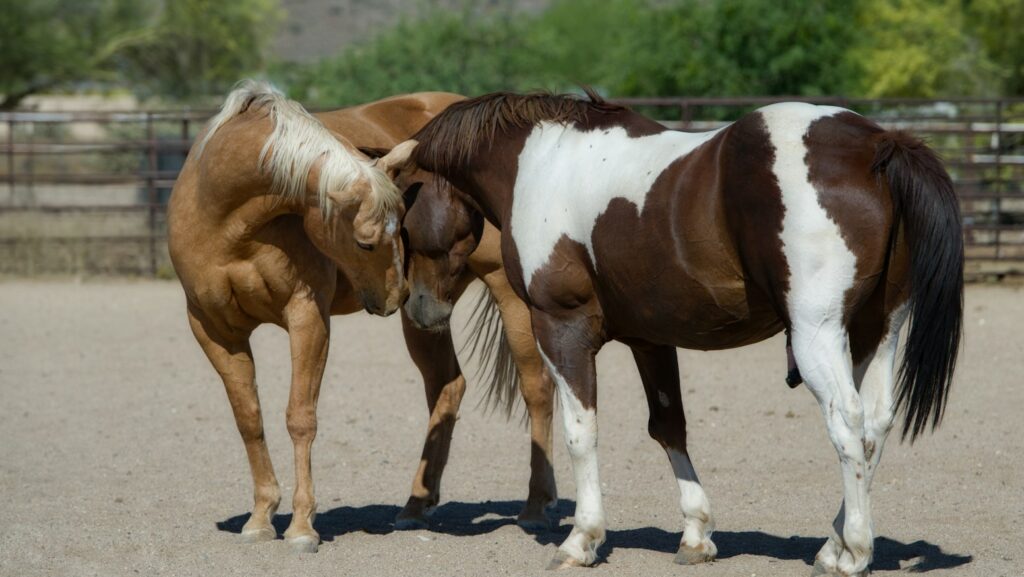
The final common mistake involves failing to provide adequate mental challenges for these remarkably intelligent breeds. Cold-climate horses evolved solving complex survival problems in challenging environments, developing cognitive abilities that exceed many warmer-climate breeds. Without sufficient mental stimulation, these horses often develop vices, become dull and unresponsive, or channel their intelligence into unwanted behaviors. Incorporating variety in training, presenting environmental puzzles, and teaching new skills keeps these horses engaged and prevents the boredom that often leads to behavior problems. Their exceptional problem-solving abilities make them wonderful partners for activities like trail obstacles, working equitation, or liberty work that challenges their minds while strengthening the human-horse bond.
Conclusion
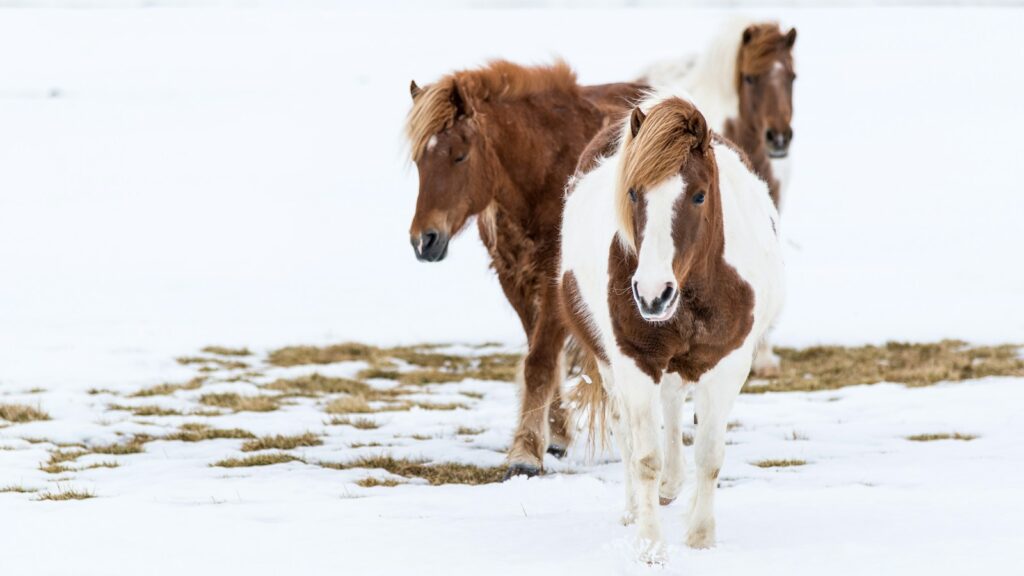
Cold-climate horse breeds offer exceptional versatility, durability, and partnership potential when properly understood and managed. By avoiding these common mistakes and taking time to learn the specific needs of northern breeds, riders can develop rewarding relationships with some of the world’s most remarkable equines. Their evolutionary adaptations, which allowed them to thrive in challenging environments for centuries, become tremendous assets rather than management challenges when approached with knowledge and respect. Whether you’re currently working with a cold-climate breed or considering adding one to your equine family, understanding these specialized needs will help ensure a successful and fulfilling partnership.




